ASCITES FLUID TAPPING
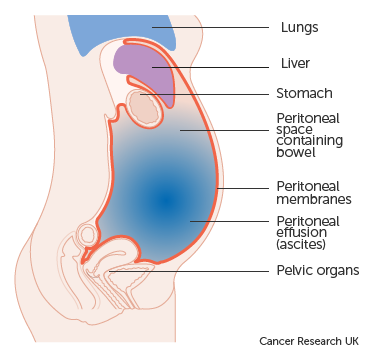
Image Source: https://www.cancerresearchuk.org/about-cancer/coping/physically/fluid-abdomen-ascites/about
What is Ascites?
Ascites occurs when fluid accumulates in the abdomen. This build-up occurs between two membrane layers that together make up the peritoneum, a smooth sac that contains the body’s organs. It is usual to have a small amount of fluid in the peritoneum cavity.
Simply, it is an abnormal collection of water inside the peritoneal cavity (water collection in the abdomen). In the given picture, the blue color inside the lining of red color shows the ascites fluid.
What causes Ascites?
Many underlying diseases can be responsible for causing ascites, including tuberculosis, kidney disease, pancreatitis, and an underactive thyroid. However, the primary causes of ascites are heart failure, liver cirrhosis, and cancer.
What is ascites fluid tapping?
It is removal of excess fluid from the abdominal cavity. It is primarily done for the diagnosis [diagnostic tapping] and also as therapy [ therapeutic tapping] to relieve the symptoms of abdominal discomfort and respiratory distress.
How it is done?
Doctor can put a small tube into the abdomen to drain off the fluid. This reduces the swelling and makes you feel more comfortable. It’s called abdominal paracentesis or an ascitic tap.
Under aseptic precaution and under sonography guidance [ & sometimes blindly] needle is inserted into the abdomen and fluid is aspirated with the syringe and also connected to the tubbing for passive drainage in case of tense ascites.
Draining the fluid relieves symptoms in 9 out of 10 people (90%).
The fluid sometimes builds up again after a while so your doctor might suggest that you have medicines to try to slow the build up.

Image Source: https://www.medicalnewstoday.com/articles/215638.php#early-signs
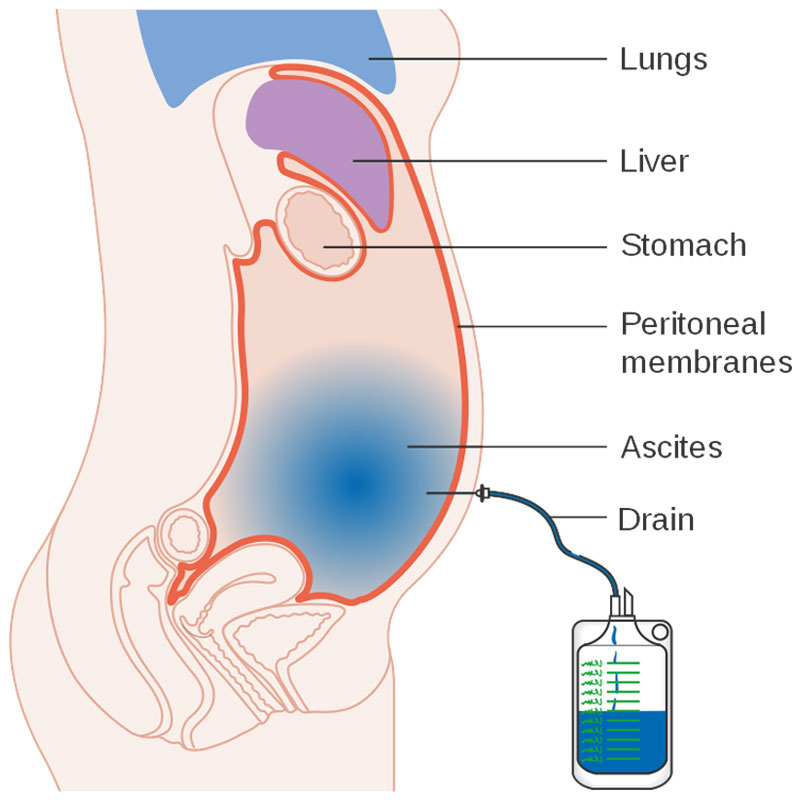
Image Source: https://en.wikipedia.org/wiki/Ascites
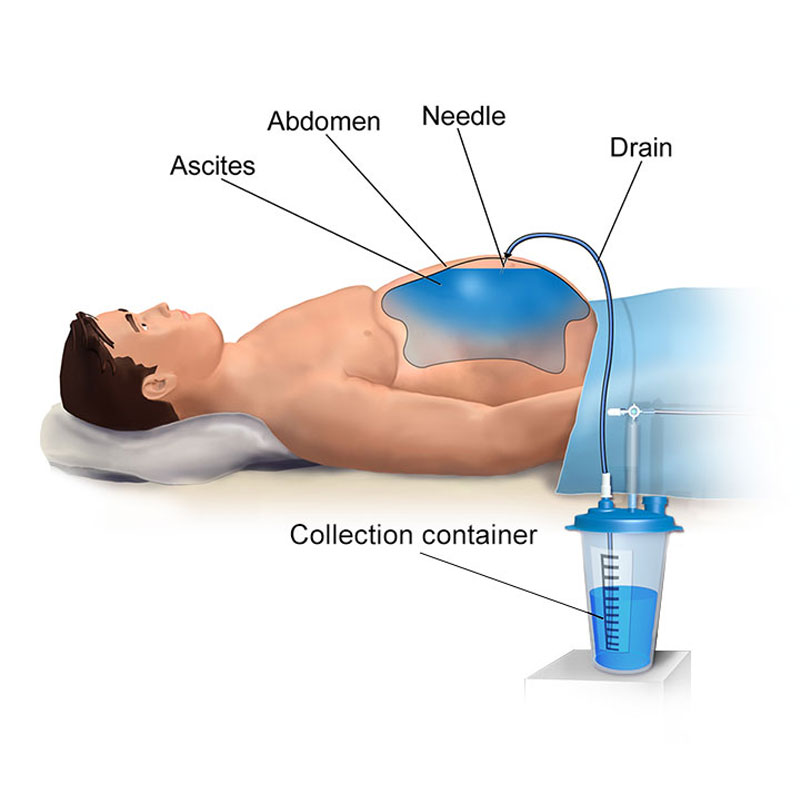
Image Source: https://www.sifsof.com/clinical-apps/paracentesis/
What is the benefit of tapping?
It helps to relieve the symptoms of abdominal distension like difficulty in breathing, pain and bloating sensation.
It makes patient comfortable and improves his mobility and movement.
It gives diagnosis for the formation of the ascites and infection if any.
What is the risk involved in tapping?
Risks associated with an abdominal tap are rare, but the common risks are little trouble in breathing and fluid leakage from the puncture site immediately after the procedure. Other risks include:
- Fall inn blood pressure, which only occurs if a significant volume of fluid is removed
- an accidental puncture of a blood vessel, the bowel, or the bladder
- an acute kidney injury
- an infection

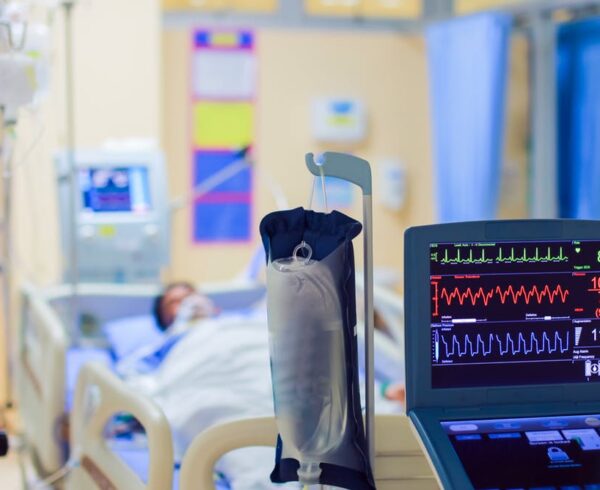

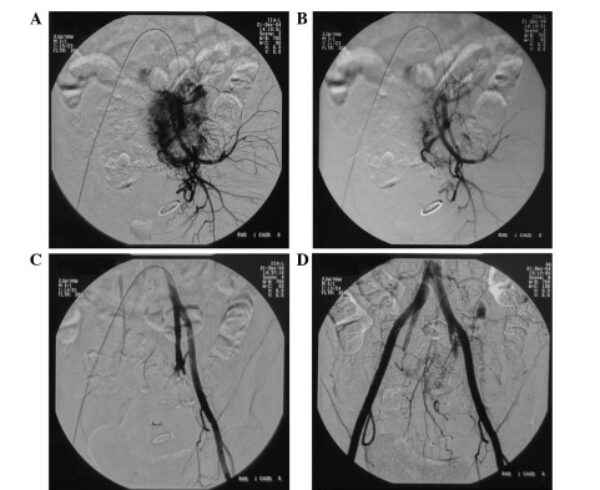
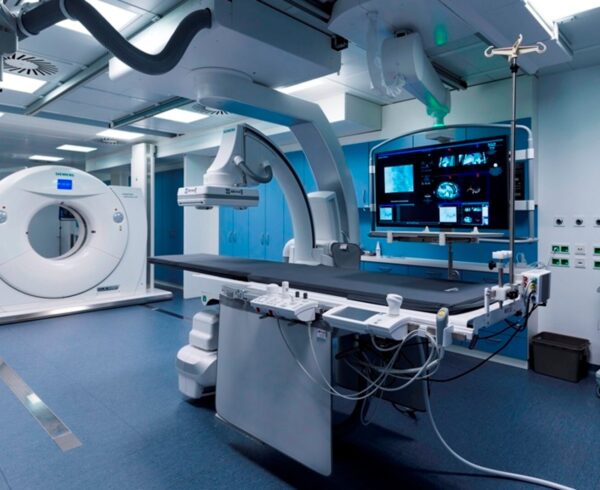
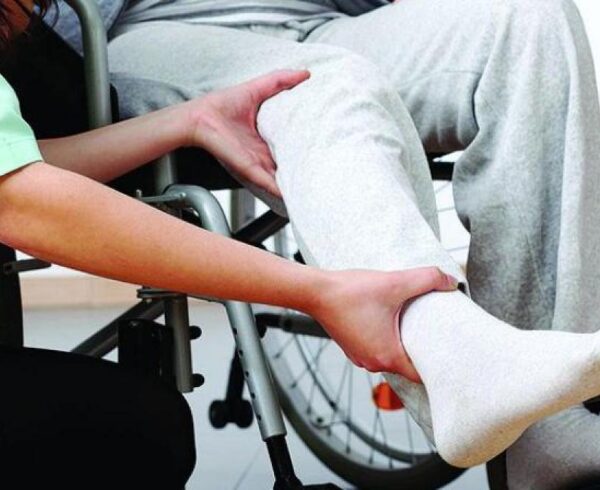
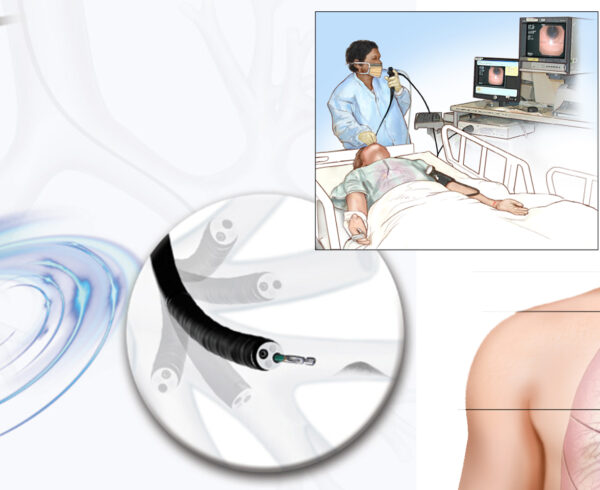
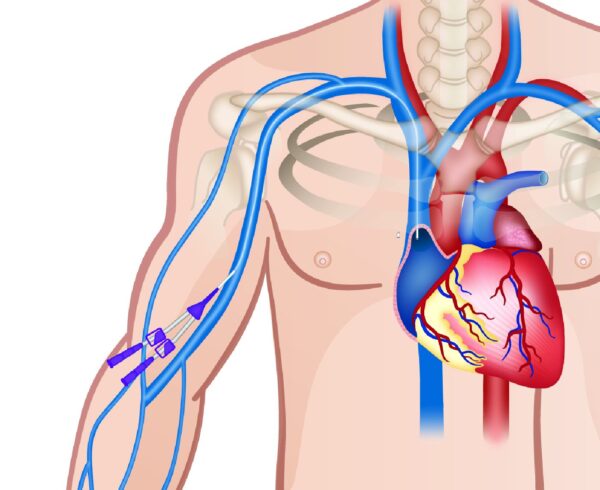
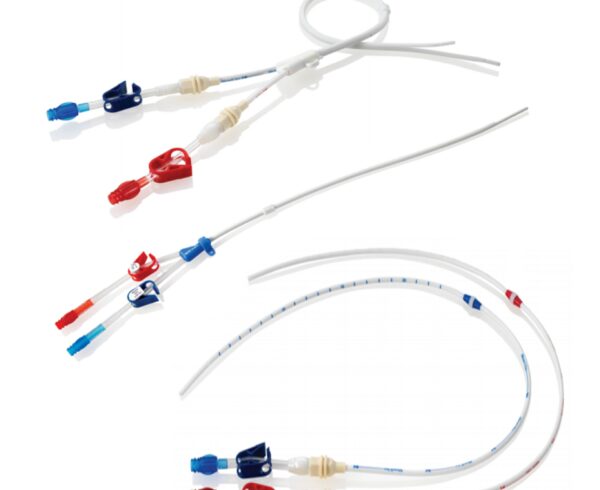

Ask a Question?